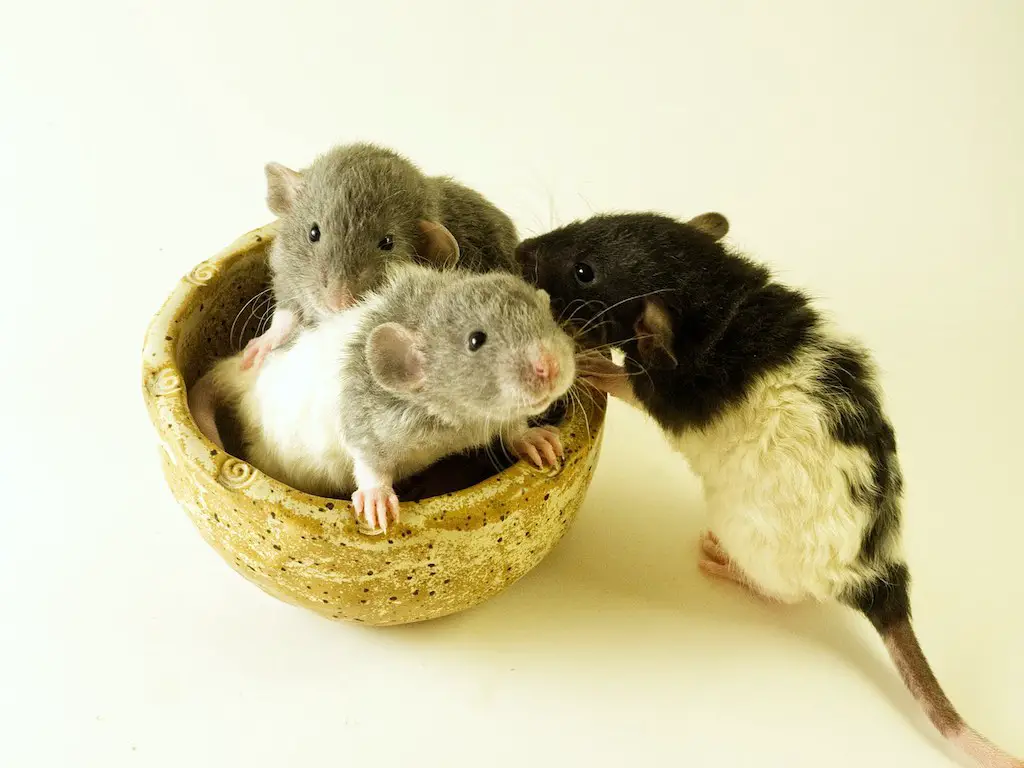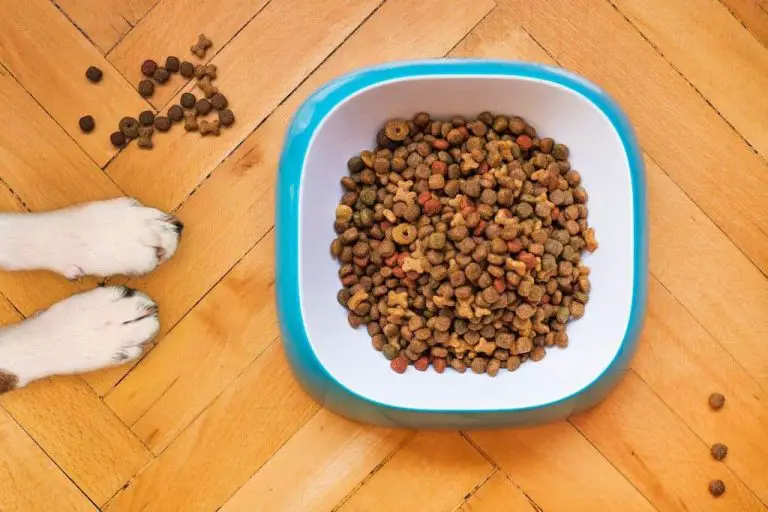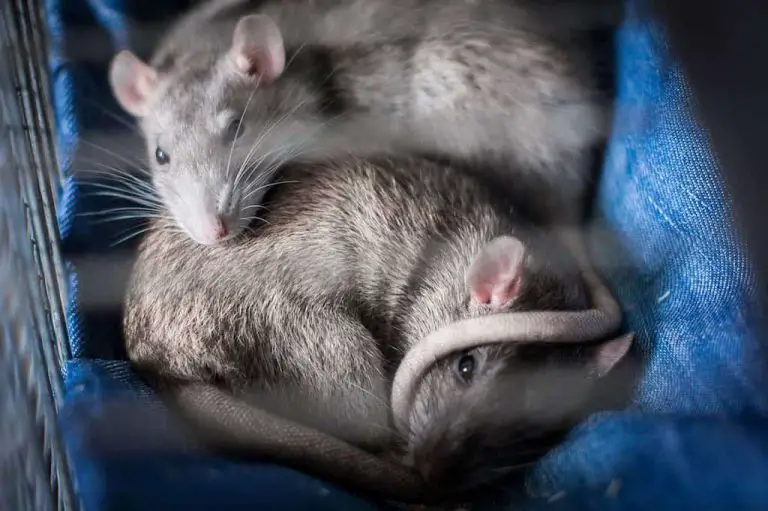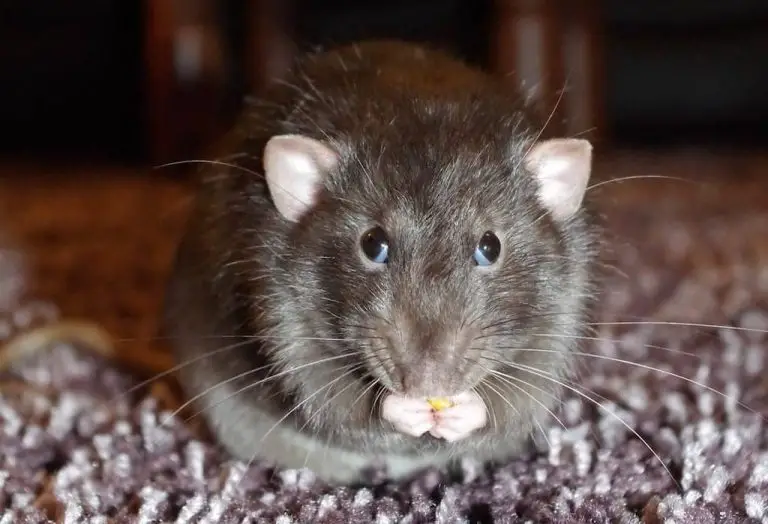How to Take Care of a Pet Rat
Are you interested in adopting a rat as a pet? Traditionally not seen as a pet, these rodents actually make quite the low-maintenance companion. When once thought of as something that should be caught in a trap, you will see that they are worth taking a chance on adopting as your own pet.
Consider this unorthodox low-maintenance companion when choosing your next pet. Read on to learn all about well care for your new roomie.
Provide Adequate Living Conditions
First, you need to know where your new friend is going to stay. Rats should be kept in a cage, but what should that cage look like, and what should it contain? Here are a few things to consider:
- Purchase the correct cage type/dimensions
- Choose the right type of bedding
- Provide other accessories
You will create a habitat for your new pet to give him exactly what he needs. If you do this right, you will have a happy and healthy companion.
What Type of Cage Should I Buy?
You should purchase a wire cage rather than a plastic one so as to not let your little companion chew his way out. This also allows him to get plenty of air and see what’s going on around him. This cage should have a solid bottom covered in bedding. These pet homes can range from $30 to $180 depending on quality, size, and additional accessories.
A typical cage for a singular rat should be no smaller than 90 centimeters long, by 60 centimeters deep, and 150 centimeters tall. Rats are social and active animals, so the bigger the cage, the better. This cage can have a single level or multiple levels for playing.
This cage should be kept indoors at room temperature. Place the cage on a table or elevated surface, somewhere you are most of the time. This allows them to get maximum stimulation from your daily activities and causes you to interact with them more, which is good for them and you.
Some rats may be kept in tanks or aquariums. However, this is not a suitable permanent home for your pet.
Cover the Cage Floor with Bedding
Why do I need bedding for my rat cage? Bedding will soak up waste to keep your rat healthy and make a comfortable place for walking around and playing. Whether you want to make your own cage bedding or buy it at the store, it should be limited to a few absorbable materials.
The most common types include:
- Paper pellet
- Straw pellet
- Shredded cardboard
- Cloth bedding
Loose ingredient types are preferable for you due to easy disposal. Also, rats find it comfortable because it allows them to dig, nest, and play more than cloth beds. However, cloth bedding may be more economical, as you can wash and reuse it.
It is important to note that no wood chips should be used. They are dusty and may make it hard for your little one to breathe efficiently. Additionally, certain varieties of wood chips are actually toxic for rats because of the fumes that are released from the wood.
No matter the option you choose, you should change the bedding once a day. This removes leftover food, urine, and feces from your rat’s enclosure and keeps a clean, healthy environment for them. Once you remove the bedding, clean with soapy water, dry, and replace with fresh bedding.
Make Your Rat Comfortable
Whatever you add to your rat’s cage, make sure they have plenty of room to run, stretch, and play. Standard necessities for any cage are a water bottle attached to the side and a food bowl on the floor of the enclosure.
You can add little shelters to make them more comfortable in times of stress. Rats love to chew to sharpen their teeth; as such, it is recommended to give them chew toys. Safe materials for these toys include cardboard and rawhide. Cardboard is a good bet, as it is inexpensive, and you probably have some lying around the house already.
Provide Adequate Nutrition and Exercise
Learning how to care for your rat’s nutritional needs is a little more complicated than your average domestic animal, which is detailed below. Your rat should be fed two times a day, once in the morning and once in the evening. Their water bottle should be changed with each feeding as well. Playtime and interaction are essential to your pet’s well-being.
Take a look at how to best care for your rat by their:
- Nutritional demands
- Psychological demands
Although food and water are the most necessary requirements for your rat, you need to interact with them and give them time to play as well.
Food and Water
Rats are omnivores, meaning they need plant and animal products to eat. The easiest way to feed your rat is with rat food pellets found in your local pet store; this food contains a variety of both plant- and animal-based foods. You can feed him raw fruits, veggies, and meats as well. Some pet owners switch up feedings between the two.
Some common and fresh ingredients may include:
- Apples
- Pears
- Bananas
- Peas
- Eggs
- Carrots
- Beans
- Meats
- Seeds
Have fun figuring out what your new pet likes if you choose to go the fresh route. Exploring these options could help your rat live a happier and healthier life.
It is imperative that your rat gets enough water. Without sufficient water intake, your rat may become ill. Administer water by a drip-proof 16-ounce bottle attached to the cage.
Stimulate Your Rat
Even though your pet is a rodent, they need stimulation too. Give them at least one hour every day to run and play outside of their cage, whether that is outdoors or inside your home. Rats often live in twos, so getting a second pet rat would be beneficial to them too.
In your day-to-day, keep your rat in the middle of the action where they can see and feel stimulated by what is going on around them. Find time in your busy schedule to talk to and pet them. This lets them know they are loved and cared for, which is valuable for their overall health; a happy rat is a healthy rat.
Consider Their Health
We have covered the daily regimens of rat care, but what else do they need? You should take your rat to the veterinarian at least once a year to be examined. Unlike domestic animals, rats do not need to be vaccinated.
There are a few things to look out for when owning a rat:
- Common illnesses
- Concerning symptoms
As with all animals, rats need to be checked regularly, and if you see sick symptoms (described below), take them to the veterinarian.
Concerning Symptoms
Symptoms that your rodent friend is sick are similar to those of a human. These include and are not limited to: lumps, hair loss, decreased appetite, mucous discharge and sneezing, and change in breathing.
Keep in mind that some illnesses may be asymptomatic, so remember to make sure to take your rat to the veterinarian for their yearly check.
Common Illnesses
Rats are predisposed to a variety of different disorders/illnesses, which include: intestinal parasites, protozoa, chronic respiratory disease, barbering, ringtail syndrome, cancer, and more. Some can be fatal or damaging to your rat. Interact with your pet often so you can detect any changes that may indicate illness.
Though these are common among rats, the species as a whole rarely get sick. Keep track of your rat’s health, and you will likely notice if your rat is not feeling well. Have a reputable rodent veterinarian available for your pet rat for checkups and in case your pet rat ever falls ill.















